Hong Kong residents will have the chance to see 120 Bronze Age artifacts from the Sanxingdui archaeological site during this year's National Day holiday, including many that will be displayed for the first time outside of Sichuan province where they were unearthed.
Tickets to the much-anticipated exhibition, which runs from Sept 27 to Jan 8 next year at the Hong Kong Palace Museum, go on sale at 10 am on Sept 1.
Artifacts of bronze, jade, gold and pottery dating from 2,600 to 4,500 years ago will be put on display for Hong Kong residents, giving them the opportunity to learn about the latest archaeological discoveries of the Sanxingdui culture, a representative of the ancient Shu civilization that originated in the Sichuan Basin thousands of years ago.
The 120 priceless exhibits, mainly loaned from the Sanxingdui Museum and the Jinsha Site Museum in Sichuan, will be displayed in four sections depicting the art, urban life, belief systems, and origins of the Shu civilization. Among them are 23 pieces classified as Grade-1 national treasures, including a bronze head with a gold mask and the stand of a bronze tree.
The Hong Kong exhibition will be the first time some of the artifacts, such as bronze heads, mythical creatures, eye-shaped objects, dragon-shaped objects, a hybrid tiger-dragon figure, as well as a jade rectangular stand with an animal face and phoenix-bird motifs, have been displayed outside Sichuan.
Nearly half of the 120 artifacts were unearthed during excavations at Sanxingdui between 2020 and 2022, providing visitors with a glimpse of the latest achievements of the archaeologists who are excavating the site.
The special exhibition will showcase cultural relics excavated from Sanxingdui, Jinsha and Baodun, all key archaeological sites from the Shu civilization, which is an integral part of the "diversity in unity" development of Chinese civilization and demonstrates the remarkable achievements of the contemporaneous cultures in the upper Yangtze River region.
Visitors can buy their tickets via the official websites of the Hong Kong Palace Museum, the West Kowloon Cultural District and its mobile app, as well as at local ticketing partners such as China Travel Service (Hong Kong), Fliggy, KKday and Klook.
Tickets will cost HK$150 ($19) for adults and HK$75 for children, students, seniors, persons with disabilities, and the recipients of the comprehensive social security assistance scheme.
Louis Ng Chi-wa, director of the HKPM, said that as a highlight of this year's National Day holiday, the exhibition will enable audiences to appreciate the magnificent civilization of Sanxingdui and other parts of Sichuan, and dive into the lives and cultural interactions among different regions and ethnic groups in ancient China.
"This exhibition also marks the debut of the HKPM's 'The Origin and Development of Chinese Civilization' special exhibition series, testifying to the HKPM's mission of promoting the inheritance of the splendid Chinese culture," Ng said.
Tang Fei, director of the Sichuan Provincial Institute of Cultural Relics and Archaeology, said these artifacts reflect the remarkable achievements of the civilization that developed in the upper Yangtze River region before the Qin Dynasty (221-206 BC), which also demonstrates the "diversity in unity" configuration of Chinese civilization.
"We are looking forward to the presentation of these precious cultural artifacts at the HKPM to Hong Kong residents as well as visitors from the mainland and around the world," Tang said.








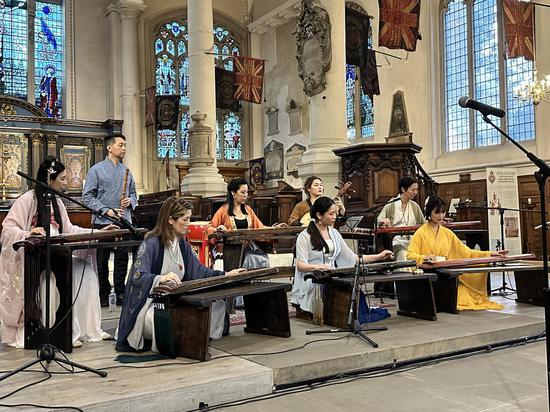
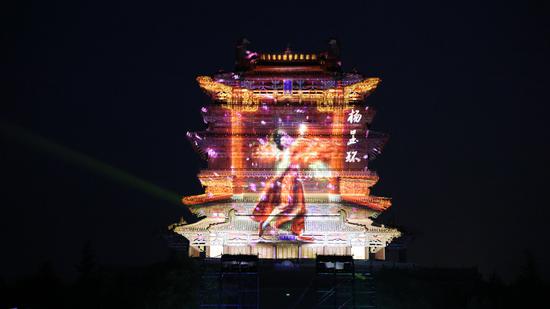

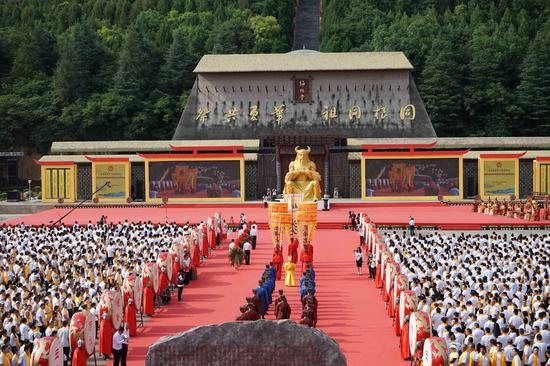
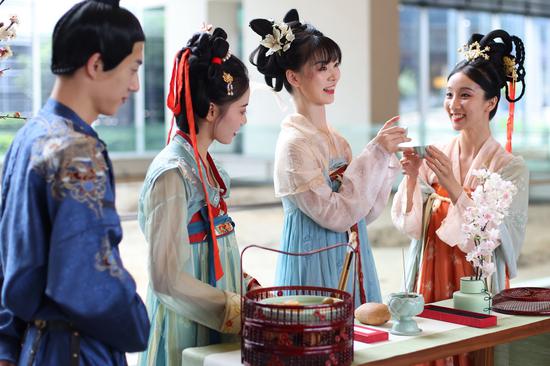
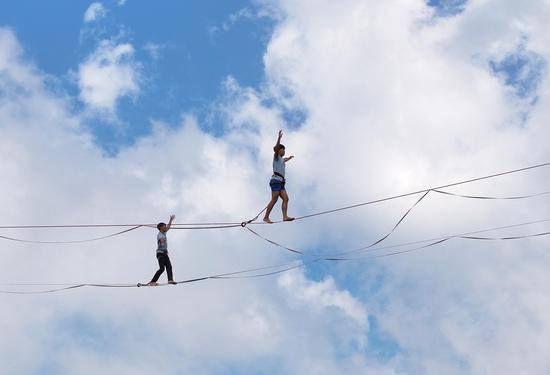
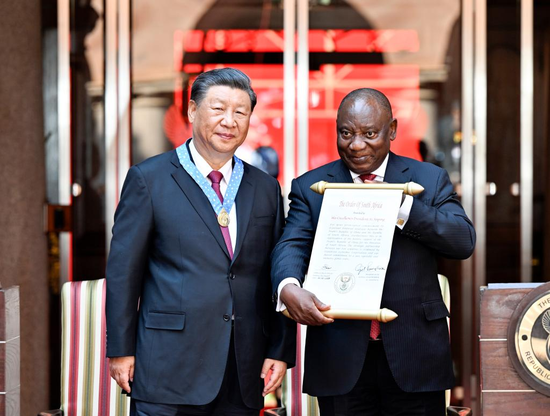

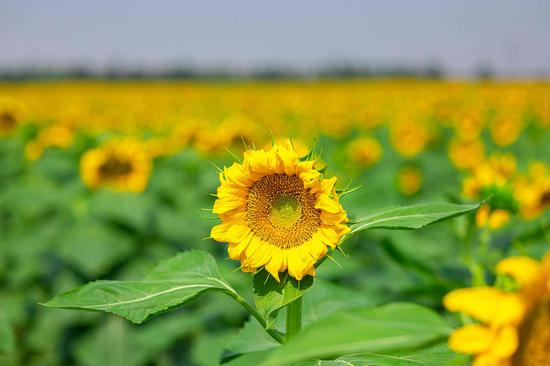

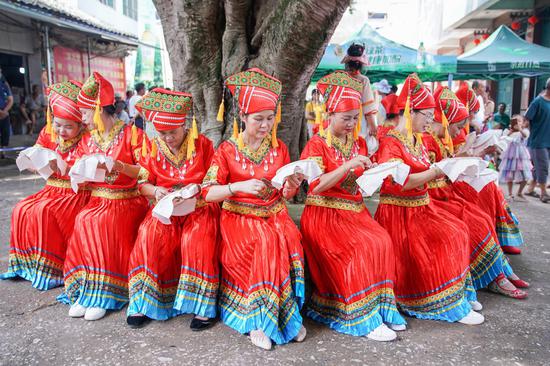


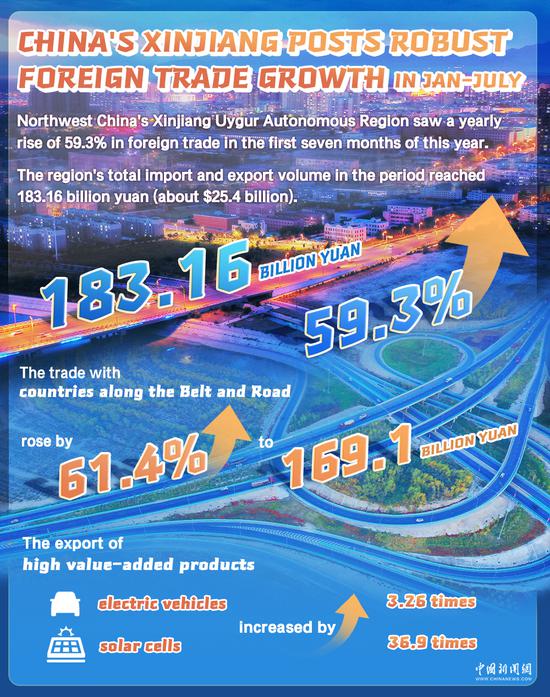
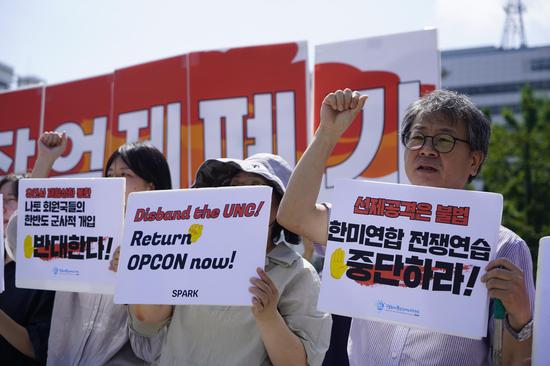
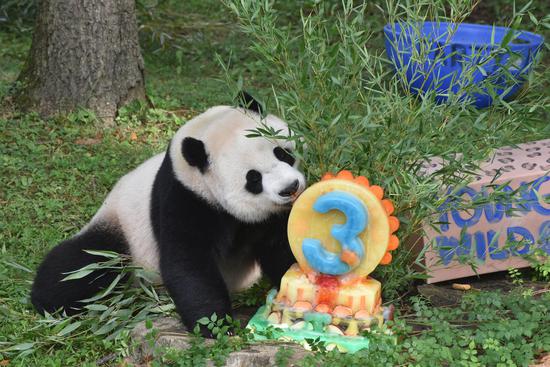
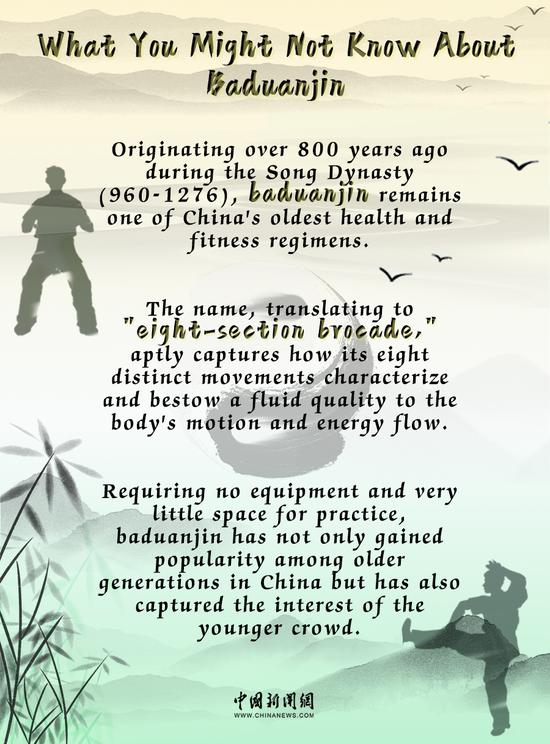
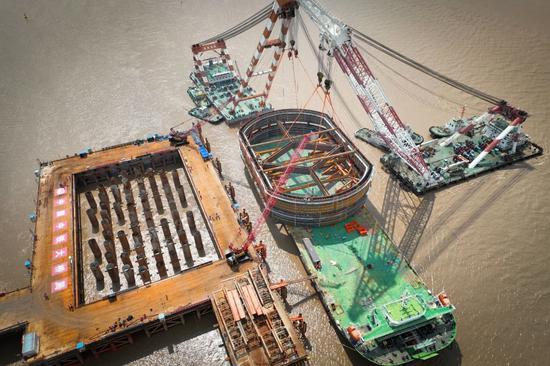
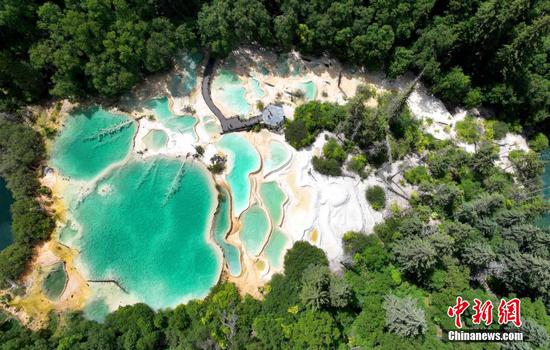
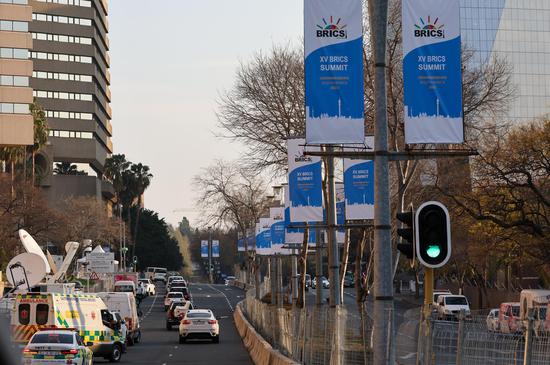
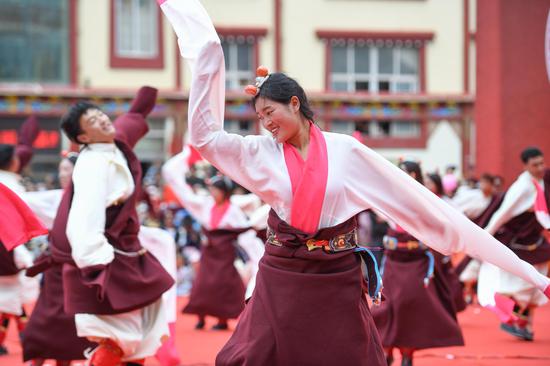


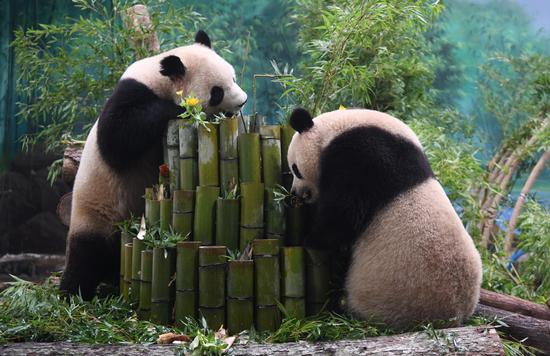


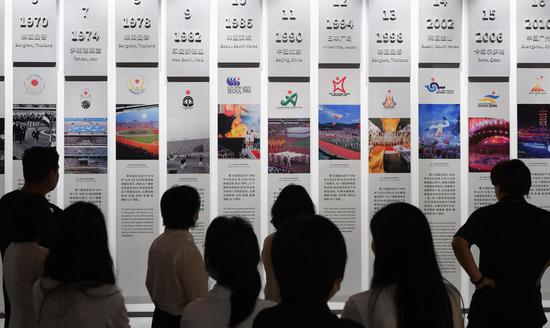
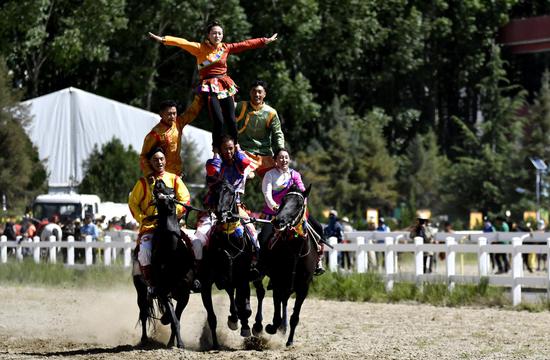
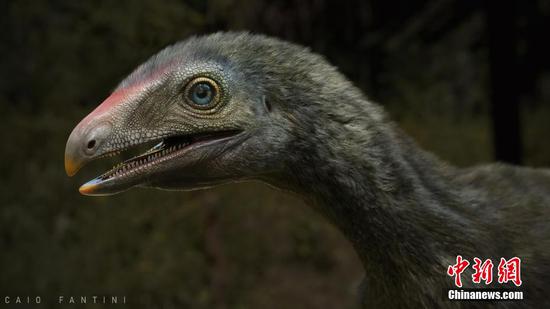

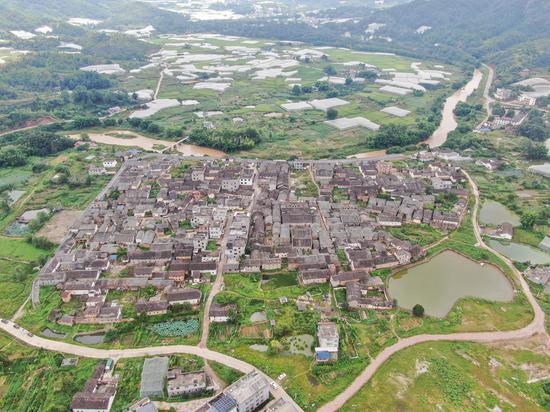
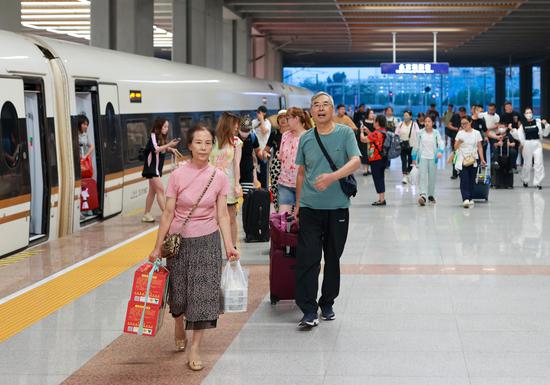



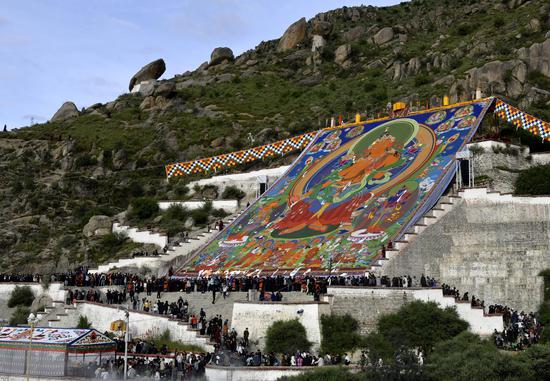






 京公网安备 11010202009201号
京公网安备 11010202009201号